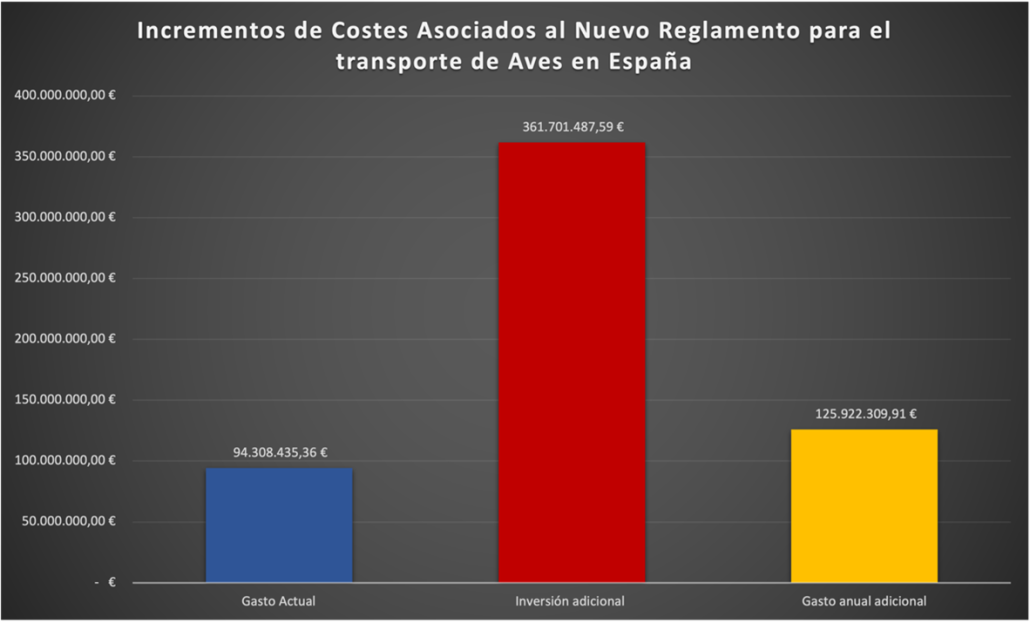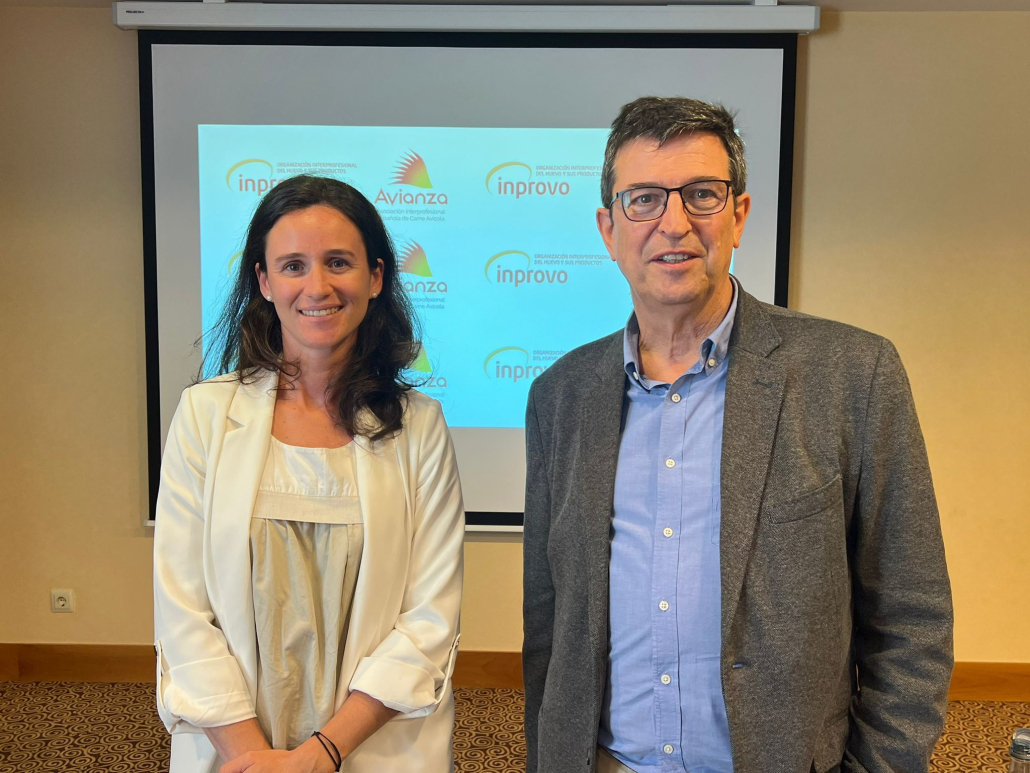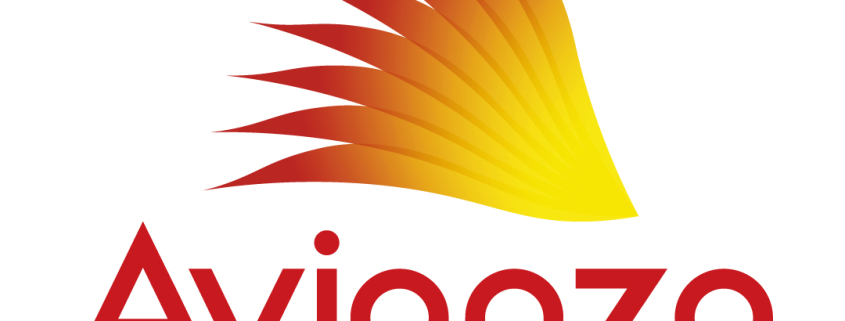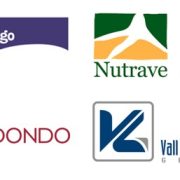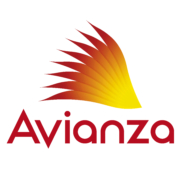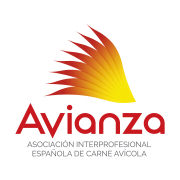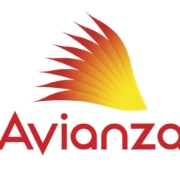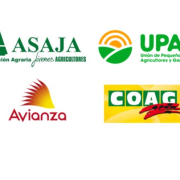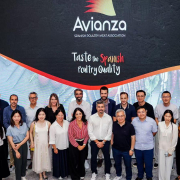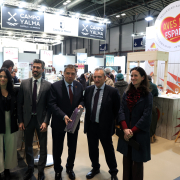COMUNICADO AVIANZA: EL SECTOR DE CARNE AVÍCOLA PREVÉ UN SOBRECOSTE DE 860 MILLONES € EN ESTA LEGISLATURA POR LOS CAMBIOS DEL REGLAMENTO DE TRANSPORTE DE LA UE
- De continuar la entrada en vigor del nuevo reglamento europeo en materia de transporte de animales vivos, enmarcadas en normativas para el supuesto impulso del bienestar animal, supondría una inversión inmediata de 361 millones de euros, más otros 125 millones de euros anuales.
- Para Avianza se trata de una normativa que no ha tenido en cuenta al sector y que parte de una implementación totalmente “imposible”, lo que abocaría al cierre de empresas cárnicas españolas y a la llegada de carne de pollo de países fuera de la UE que no cumplen los estándares mínimos
- La medida supone reducir un 43% la capacidad de carga por camión, incrementar un 65% el número de viajes necesarios (más de 15 millones de kilómetros adicionales), y generar un 222% más de emisiones de gases de efecto invernadero
Madrid, 27 de junio de 2024. Avianza, la Asociación Interprofesional Española de Carne Avícola, ha presentado con motivo de la Conferencia Europea de Avicultura (Valencia), las principales conclusiones de su “Informe sobre el Impacto sobre el sector de carne avícola de la propuesta de Reglamento relativo a la protección de los animales durante el transporte y las operaciones conexas”, por el que se modifica el Reglamento (CE) n.º 1255/97 del Consejo de la Unión Europea y se deroga el Reglamento (CE) n.º 1/2005 del Consejo. Una iniciativa que supuestamente busca el impulso del bienestar animal, pero que ni lo mejora ni supone un beneficio en materia de sostenibilidad, con un impacto negativo en ambos campos, especialmente para España.
Este análisis, que ha sido trasladado tanto a la Comisión Europea como al Ministerio de Agricultura, Pesca y Alimentación del Gobierno de España, detalla las implicaciones desastrosas tanto para los consumidores, como el medioambiente de esta normativa, en contra de lo que dice pretender, y supone en la práctica la posible desaparición de miles de granjas y empresas productoras del sector de carne avícola en nuestro país, dadas las consecuencias sobre la viabilidad, la competitividad y las restricciones de las nuevas regulaciones propuestas.
El reglamento pretende imponer un rediseño de los contenedores de transporte, incrementado su altura, así como regular la densidad en cada uno de ellos. Además, se incrementaría el consumo de insumos, como combustible, desgaste de vehículos, horas extras de transportistas (con el consiguiente riesgo laboral y congestión de carreteras), … Igualmente implicaría la adaptación sistemas mecánicos de infraestructuras de las instalaciones de procesamiento, tiempos de espera, etc.
Estas son las principales conclusiones del Informe:
Resolución de un Problema Inexistente
El informe destaca que las bajas en el transporte avícola en España ya son de por sí extremadamente bajas, con una media del 0.3%. Esta cifra indica que el actual reglamento ya garantiza un alto nivel de bienestar animal durante el transporte. La propuesta no presenta un análisis de situación ni de impacto, y parece abordar un problema que no existe en la realidad del sector.
Impacto Económico en el Consumidor
La implementación de este reglamento tendría un brutal impacto económico en la cesta de la compra de los españoles, como se ha demostrado en otras reglamentaciones aplicadas en países europeos en materia de bienestar animal definida a espaldas del sector, y que ha triplicado en algunos casos el precio del pollo, como en el caso de Países Bajos.
El coste adicional de producción se estima en 361 millones de euros solo el primer año para la adaptación de infraestructuras, transportes, etc., a lo que se sumarían 125 millones de euros anuales con motivo del incremento de viajes, personal adicional necesario, consumo de energía, etc. En total, 861 millones de euros en esta legislatura. Un incremento que de nuevo afectaría a toda la cadena de valor, especialmente la población en situación de vulnerabilidad económica.
Riesgo para la Soberanía Alimentaria
España es un exportador clave de genética avícola de alta calidad. Las nuevas restricciones propuestas pondrían en riesgo la capacidad de exportación, afectando la soberanía alimentaria tanto de la Unión Europea como de los países abastecidos. Las empresas se verían obligadas a deslocalizarse fuera de la UE para mantener sus mercados, lo que también pondría en peligro la soberanía alimentaria europea. Desgraciadamente la deslocalización en realidad puede ser el paso para el cierre de empresas y la entrada de producción proveniente de otros mercados no sometidos a la regulación que se pretende aplicar.
Consecuencias Ambientales
El reglamento propuesto incrementaría las emisiones de CO2, el consumo de agua y la huella de carbono del transporte avícola, reduciendo la sostenibilidad del sector. Esto contrasta con los objetivos de sostenibilidad y protección ambiental que la UE pretende promover. Además de un incremento del número de viajes para mover la misma producción de carne avícola (más de un 65%), implicaría la emisión de un 222% más de emisión de gases de efecto invernadero.
Supuesto “Bienestar Animal”
Contrariamente a lo que se pretende, las nuevas regulaciones podrían perjudicar el bienestar animal. El mayor espacio entre animales durante el transporte podría aumentar el riesgo de lesiones y fracturas, sin aportar beneficios significativos en términos de bienestar animal. Transportar a los animales con menores densidades equivaldría a generar huecos muy peligrosos en caso de frenadas, así como la normativa en materia de altura, que podría provocar caídas de animales levantados y rotura de extremidades. A modo de comparación, esta medida “sería como quitar los asientos de un autobús para que las personas viajaran de pie por carretera”, lo cual es a todas luces una auténtica temeridad.
Avianza reitera su compromiso con el bienestar animal, la sostenibilidad y la seguridad alimentaria. Sin embargo, insta a que cualquier nueva regulación se base en datos concretos y un análisis riguroso del impacto real en el sector y en los consumidores.

